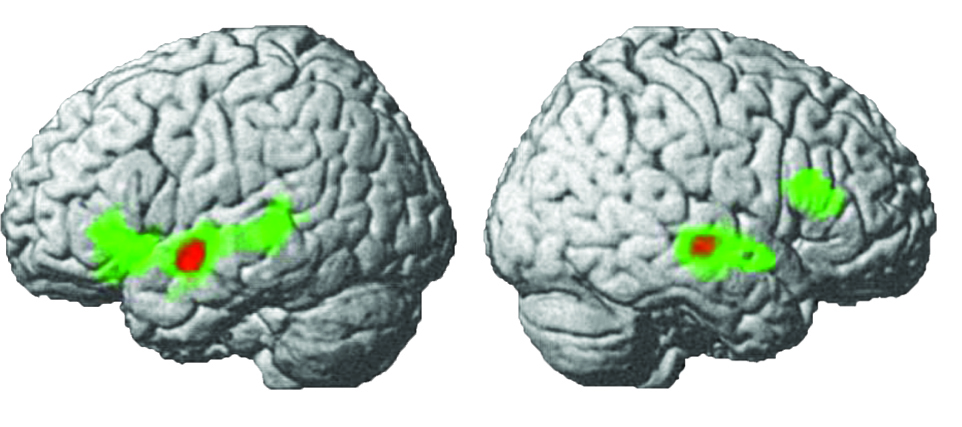The current view of the neuro-cognitive language systems has emerged from interdisciplinary research in psycholinguistics, neuropsychology and cognitive neuroscience. It is however primarily based on research in English and cannot be taken to represent the universal principles of the relationship between language and the brain.
To combat the limitations of working only in English, we have adopted a strategy of working with other languages in parallel, specifically in Polish, Arabic and Chinese. These languages allow us to examine the neural signatures of the same types of processing complexity in fundamentally different linguistic environments. Polish belongs to the family of Slavic languages. It is morphologically much richer than English, but the two share the same concatenative word-formation mechanisms. Arabic is a Semitic language that employs non-concatenative mechanisms of word formation, and where the key grammatical morpheme (the word-pattern) serves multiple linguistic functions. Chinese is part of the Sino-Tibetan language family, where the primary mechanism for word formation is compounding, and the use of grammatical morphemes is limited.
Our recent results from Polish (Szlachta et al, 2012) support the neuro-cognitive organisation of language systems observed in English, but also highlight differences and underline the importance of cross-linguistic comparisons. We manipulated general perceptual complexity (presence of an onset-embedded stem, e.g. kotlet ‘cutlet’ / kot ‘cat’) and specifically linguistic complexity (presence of an inflectional affix, e.g. dom ‘house, Nom’ vs. dom-u ‘house, Gen’). Using fMRI, we showed that general perceptual complexity activates a bilateral network, similarly to the results observed in English. However, we found no differences between inflected and uninflected nouns. Instead, all types of words activated left inferior frontal areas, suggesting that all Polish words can be considered linguistically ‘complex’ in processing terms.


Figure 1: The effect of embeddedness (modulation of activity as a function of the degree of lexical competition at different thresholds).
Figure 2: Significant activation for speech-driven lexical processing. Signal plot for simple nouns, inflected nouns, embedded nouns and embedded verbs in the peak LIFG activation.
References:
Szlachta, Z., Bozic, M., Jelowicka, A., & Marslen-Wilson, W.D. (2012) Neurocognitive dimensions of lexical complexity in Polish. Brain and Language 121, 219-225
